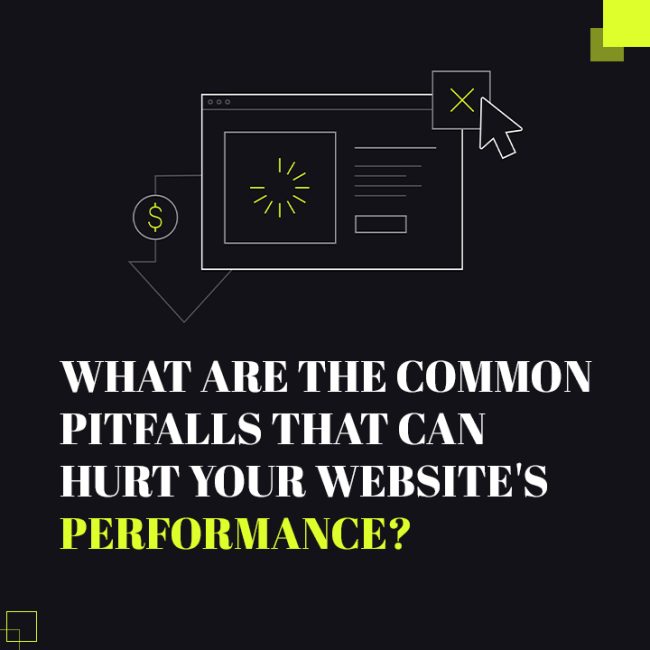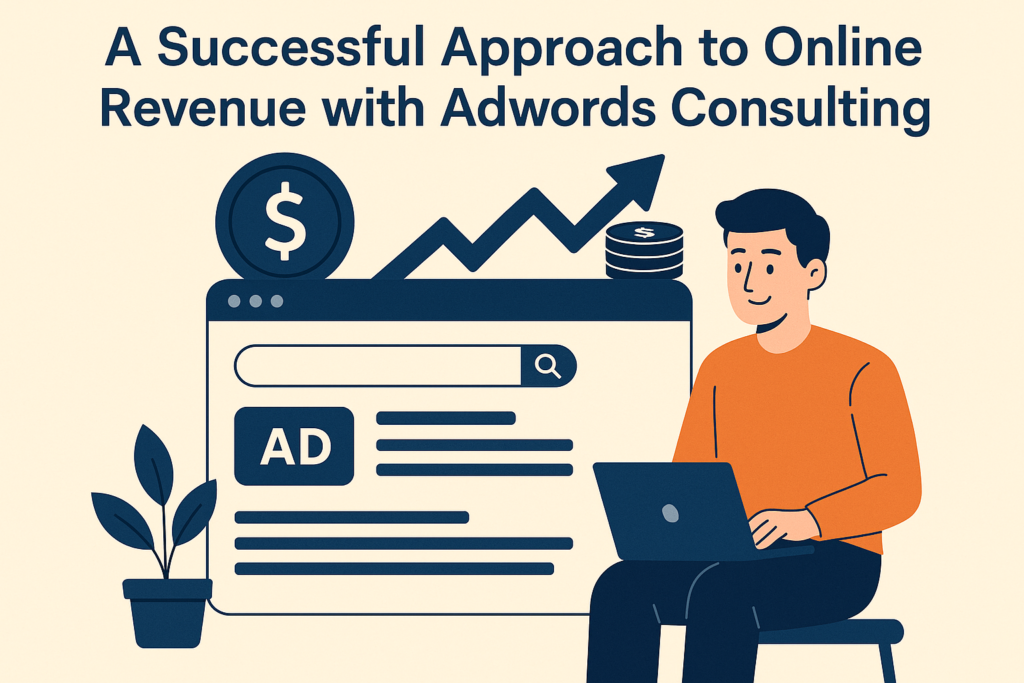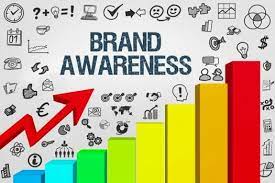
Internet marketing was something other than what businesses thought of 20 years ago. Every company now has a website, and 571 websites are added every minute, which is amazing considering the number of companies that have them. This has made most industries more competitive. Philadelphia web design companies must provide their customers with the best online experience possible while ensuring search engines find their content easily.
Many businesses needed to learn about SEO best practices when they created their websites. They have been misinformed about SEO tactics and tips ever since.
The Common Pitfalls That Can Hurt Your Website’s Performance?
1. Unintentional duplicate content:
We all know that online duplicate content is an offense. Did you know that the majority of duplicate content online is not intentional? Search engines don’t consider intent when ranking websites, so it is important to identify and edit duplicate content.
There are many reasons why duplicate content might occur, including secure HTTPS pages and URL parameters. Many tools, such as Moz Crawl Test, Link Sleuth, and Screaming Frog, can detect duplicate content. Once you’ve found it, you can decide how to tell search engines not to index duplicate pages using the Noindex or Nofollow tags.
2. Bad backlinks:
Although link building remains an important aspect of SEO, not all backlinks are good. Bad backlinks can hurt your search engine rankings, including links from spammy websites and link directories that are not relevant to you.
You can fix bad backlinks by gathering data from MajesticSEO or Open Site Explorer and removing unnatural links. It is a challenging task as this manual outreach process asks webmasters to remove any links from their sites. It is vital to maintain your search engine rankings and Google’s credibility. You can also use Google’s link disavow to tell Google that certain links are not considered when ranking your site.
3. Target keywords can be over-optimized and cannibalized:
Although it may sound great, putting your target keywords on every page can have a negative impact on your SEO strategy. Remembering that search engines must display the most relevant page for a given search query is important. You can have multiple pages optimized for the same keyword, but the search engine will decide which page to show.
A robust canonical SEO strategy by web design companies in Philadelphia can help to avoid over-optimization or cannibalization. This assigns a keyword only to one page, signalling search engines that a page is most relevant to a keyword. It also gives users a better experience since the most relevant page will be displayed.
4. Titles and title tags:
Web page titles and tag tags are important for many reasons. The title tags can help improve page rankings, and it also shows up in search engine results pages (SERP).)
Titles and title tags can make many mistakes, such as:
- Too long: Search engines will only display the first 60 characters of a page title tag, and title tags that are too long will be removed.
- Too little: Although you want your tag to be a manageable length, you should maximize the text space to ensure you don’t lose valuable SEO real estate.
- Inadequate/wasted space: It is possible to include words such as “home” and your domain name, which can lead to wasted space. Your title tag must contain the most crucial information, the keyword/term relevant to that page.
5. Meta descriptions:
The query’s results page displays the meta description, similar to a title tag. Unfortunately, pages often need better-written meta descriptions, full of keywords, or worse, no explanation.
A meta description should be helpful for the reader and explain the page’s purpose in a brief sentence. It should contain the primary keyword phrase or phrase but still, make sense to the person reading it.
6. Image optimization:
An important part of any SEO strategy is image optimization. Images are not easily indexable by search engines because they can’t be read (unlike text). Optimizing image metadata with keywords and phrases is a good practice that mostly following by the web design companies in Philadelphia.
- Alt tags display text when the image cannot be displayed due to a slow internet connection or text-reading software.
- Image tags are words that appear as the user scrolls over an illustration. They provide additional context clues.
- File names provide context, specifically, how the image relates to other content.
7. Page loading time:
Page-load time is also a major factor in usability, and users will only stay if pages load quickly.
These include using the right image sizes and formats, avoiding unnecessary plugins, CSS, and HTML, and reducing redirects.
8. Poor content:
We see more mistakes than we can count: ignoring the user and writing with little content. Write more. Use data, tips, and visuals to answer your audience’s questions. Since the Panda update, Google has made every effort to ignore results that aren’t helpful to users. This can easily be avoided by keeping the audience in mind while creating and publishing content.
9. Keyword misfocus:
Keyword misfocus refers to a title tag that doesn’t contain a primary keyword. It can also occur when the H1 heading, page URL, or body content is inconsistent with the primary keyword. To improve the page and correct keyword misfocus, strategic internal anchor text linking, content consolidation, and proper rel=”canonical” tag implementation can all be used to strengthen the primary pages with their intended keywords.
10. Indexability issues:
It is simple. A page that can’t easily be indexed will not be listed in the SERPs. Indexability issues can be caused by everything, from missing or blocked pages to broken links or redirects. It is essential to monitor every page. Your users can only access your page if a search engine can find it. The page will not be indexed and viewed by search engines, which can lead to a rise in bounce rates and decreases in traffic.
Conclusion:
These 10 SEO pitfalls could lower website rankings and a poor user experience. These SEO pitfalls can be fixed, from duplicate content and poor backlinks to slow page load times and low-quality content. These mistakes will not hold you back from reaching the top of the SERPs. What are the top SEO mistakes you see?

